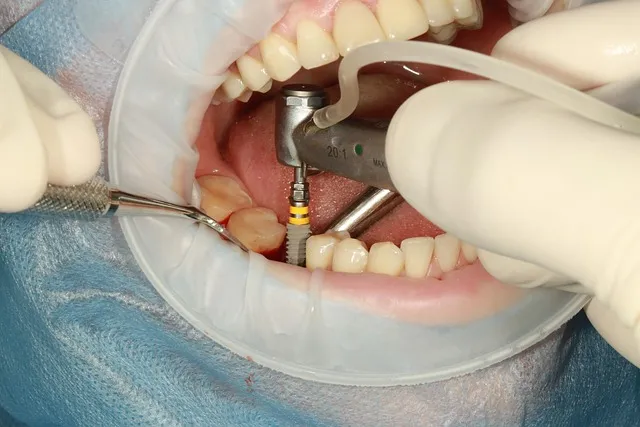There is a common misconception that braces are reserved for children or teens. However, this belief is inaccurate. Instead, braces can be beneficial to people of all ages. Therefore, adults can also get braces if the need arises.
Generally, braces are ideal for correcting teeth misalignment in children and adults. As an additional advantage, the result of their use can help significantly boost your self-esteem. Plus, recent technological advances in dental treatments mean more product variety to meet differing tastes. So, if you are self-conscious about having to get braces, you can opt for the more discreet invisible braces to straighten up your smile.
While you can get braces no matter your age, the question of when remains; thus, to help give more insight into the signs that you need braces, here is an overview of the factors that determine that decision.
What issues do braces fix?
Your dentist may recommend braces for numerous reasons, such as underbites, crooked teeth, and jaw misalignment. Braces can help rectify cosmetic problems and boost your confidence by enhancing your smile. Conversely, they can also be instrumental in correcting more severe orthodontic issues.When is the right time to get braces?
People typically get braces during their pre-teen or teen years (or between the ages of 8 and 14). When they do so in this period, dentists commonly time braces installation to account for the growth of most or all of their permanent teeth. Orthodontists and dentists often recommend that children get braces at this age because they're still growing up. Thus their teeth are more malleable and are better able to straighten out. On the other hand, just because you didn't get braces in your younger years doesn't mean you've lost your opportunity to straighten your teeth. In fact, more adults are getting braces today in a bid to improve their smiles. A few adult patients return to get fitted for braces after having them during their childhood. In some cases, this return results from wearing their retainers incorrectly after the dentist removed their braces. Consequently, their teeth shift back to their previous pre-brace positions, thus erasing the changes the braces brought on. Adults are more likely to follow their dentists' guidelines outlining proper care for their braces and the correct way to wear retainers. This tendency differs significantly in children, teenagers, and young adults. Therefore, in this instance, it may be preferable to get braces as an adult instead of as a child. Unlike children, adults are more capable of exercising diligence when following their dentist's recommendations regarding wearing braces and retainers. As a result, the treatment is more effective; thus, their teeth remain straighter and longer.New types of braces
In the past, the appearance of metal braces was a primary deterrent for people to get braces. However, better dental technology brings newer versions of braces that allow for more discreet wear and treatment. For example, there are now invisible braces from brands like Invisalign that are notably increasing the popularity of braces in general. When you begin treatment using invisible braces, your dentist fits you with clear, removable aligners that move your teeth into place. This adjustment occurs over a 12-to-14-month period in which you receive a new set of aligners every six to eight weeks to keep moving your teeth to ideal straightness. If you want to learn more about how you can benefit from braces, schedule an appointment with your dentist today. They will evaluate your need for braces and help you design an appropriate treatment plan that will give you the ultimate megawatt smile.
Tagged in
Food & Recipes

Reviewed by







